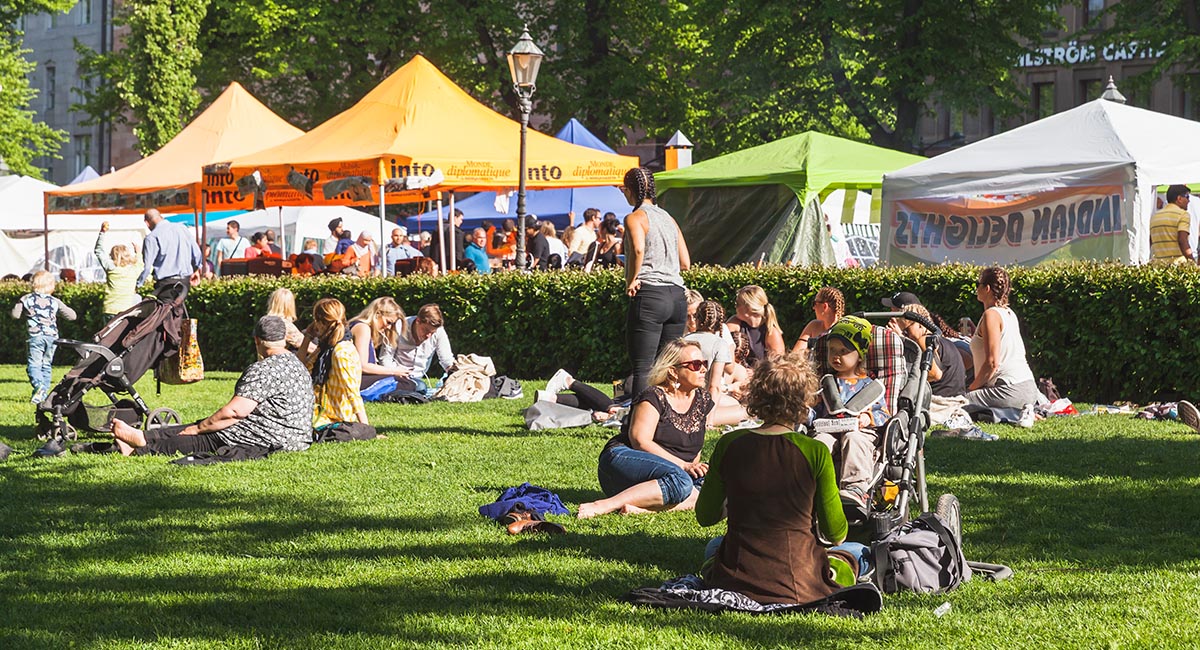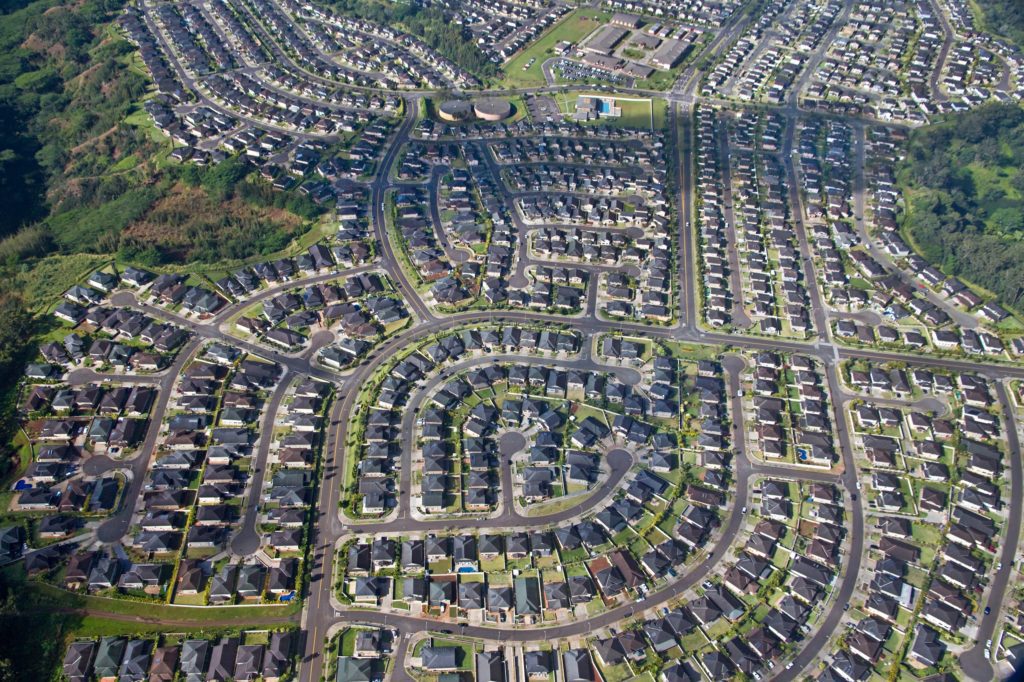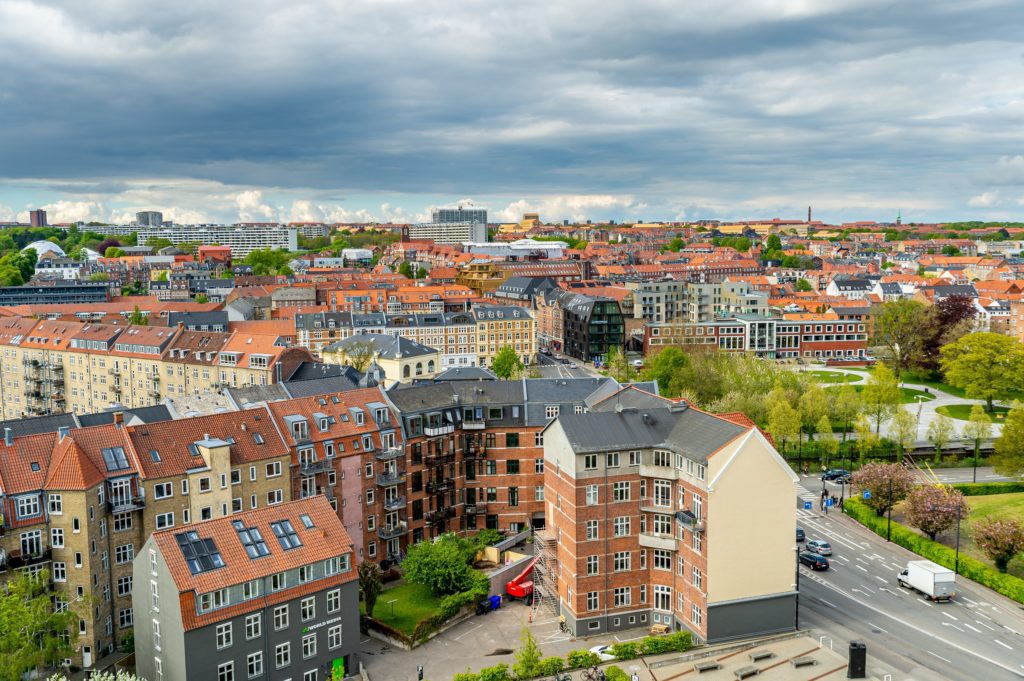

How to measure cities: CHAOS Footfall insights
It is a fact that people’s well-being is very much influenced by the opportunities they are given in the city they live in; the city
Through centuries, we have seen citizens adapt to cities that have been planned for them. In contrast to this, the 15-minute city concept aims to make urban areas adapt to humans, and not the other way around.
First, let’s lay the grounds on what we refer to as “15-Minute city”. A quick search reveals that it refers to:
”A 15-Minute City is a residential urban concept in which most daily necessities can be accomplished by either walking or cycling from residents' homes. […] 15-minute cities are built from a series of 5-minute neighbourhoods, also known as complete communities or walkable neighbourhoods. The concept has been described as a "return to a local way of life."
- Jukka Lindholm, Lujatalo
The 15-minute city concept is born in contraposition to the “urban sprawl” phenomenon that has been ramping up since the 60s as a rapid – unplanned and unsustainable – urbanisation attempt to respond to the urban population growth. These kinds of low-density settlements spread out over large amounts of land, putting long distances between homes, stores, and work, creating high segregation between residential and commercial uses, and displacing the ecosystems and wildlife of the area.


Even where inner-city areas (such as Copenhagen, for example) have densified over the past few decades, the citywide trend has been a steady de-densification of urban settlements, by about –2% per year. The hard truth is that, if these low-density and auto-dependent development trends continue, the area of the planet covered by urban settlements will increase to more than 3 million sq km by 2050. That is 3 times the area it covered in 2010.
”We don’t want to recreate a village. We want to create a better urban organisation"
Carlos Moreno, urbanist and professor at the origin of the 15-minute city concept
It is a fact that, for residents to have all their needs met – and thus have a better quality of life – we have to remodel our cities. This translates into promoting compact, mixed-use buildings and neighbourhoods, which provide a balanced diversity of human-scale activities, allow more people to live close to services, and inject life into streets. Socioeconomic equity and inclusivity are also central; a 15-minute city strategy must emphasise equal access to services, amenities, and green space, also without a car.


Sustainable urban planning should strive for areas to be hyper-local and prioritise strategies for urban infrastructure that aim to bring all the elements for living and working into local communities. In these models, the need for transportation is minimized, mitigating global warming, and human-powered transportation is empowered, which improves health and well-being.
The benefits of the 15-minute cities are clear, but how far from them are our current cities? To understand this, we first have to measure our cities of today.
With no doubt, this is the best part; when we get hands-on and start measuring. Funnily, it is also the part that takes the least time, as CHAOS’ dashboard serves you not only all the essential amenities in each neighbourhood already mapped, but also an automatic and dynamic assessment of the ease of access by foot or bike. We call this reachability and calculate it for you with one click.
To give you real-life examples, we analyze Denmark’s different neighbourhoods on our next blog post.


Paloma Bautista actively pursues sustainable urban development powered by technology, data, and people, as the key to creating liveable cities for everyone. She holds a Master’s in Architecture and previously worked for the consultancy company serving Spain’s Ministry of Development. At CHAOS, she provides leadership and vision to ensure the business has effective people, operational controls, and administrative procedures in place. She is full of bad jokes, and is passionate about painting, dancing, and Excel sheets. Her superpower is to make things happen.


It is a fact that people’s well-being is very much influenced by the opportunities they are given in the city they live in; the city


For too long the real estate industry has taken investment decisions on a case-by-case basis; based on segregated information and personal networking, which is usually


The largest age groups in Helsinki belong to the so-called millennial generation, which in 2019 comprised 27,06% of Helsinki’s total population. CHAOS’s forecasts show that